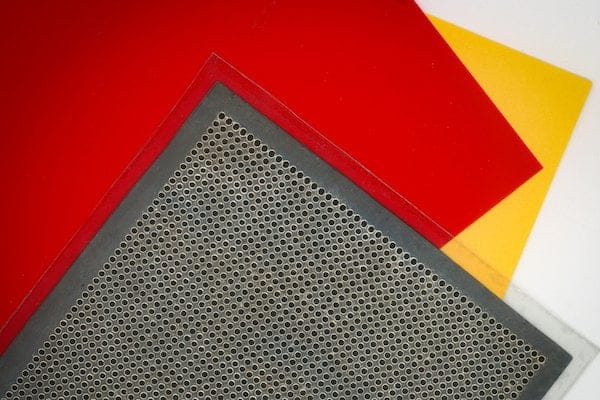Place your speakers in the right place, make them invisible, and you will be able to spread the music from any surface: imagine being able to do it from your walls at home, or from the sofa, or even from your shirt.
The Organic and Nanostructured Electronics Laboratory at MIT created paper thin speakers that can be attached to almost any surface. They are light and flexible, produce sounds with little distortion, and consume only a small amount of energy.

Ultra-thin speakers, the most advanced step
Ultra-thin speakers are not entirely new to the field of engineering. Researchers had previously developed similar technology, but it only worked without touching other surfaces: these new MIT devices, however, can be placed almost anywhere.
How do they work? For the technicalities, I refer you to the MIT article that I linked above: to summarize, these speakers produce sound by vibrating a special membrane that moves the air and generates sound waves.
The surfaces of these speakers incorporate thousands upon thousands of tiny “domes” made of piezoelectric material, capable of vibrating individually. These membranes are at the center of a sort of sandwich: on one side a very thin sheet of perforated plastic to let the sound pass. On the other, a flat surface to be able to place the sheet anywhere.
Possible applications
These speakers are barely thick 0,12mm, and each sheet weighs just two grams. They are very energy efficient: they consume just 100 milliwatts per square meter (against the average of 1 watt of current household devices).
Their simplicity and ubiquity could literally make sound sources as we know them disappear.
Voice assistants could "talk" to us and play music from anywhere in the house, because the speakers would be integrated directly into the wallpaper. Ditto for cars, which would experiment with new sound modes. Even airplanes, or items of clothing.


